|
Liberation Army tanks crashed through the gate of the Independence Palace on April 30, 1975, marking the historic end of the resistance war against the US to save the country and complete reunification of the country. (Photo: VNA) |
April 30, 1975, the day of the great victory of the Vietnamese people, has aroused the hope and fighting spirit of revolutionaries around the world. This is the assessment of the President of the Chile-Vietnam Friendship Association Patricia Abarzúa Muñoz.
Speaking to reporters, Ms. Patricia Abarzúa recalled the atmosphere of the victory day of April 30, 50 years ago, with deep emotion.
“At that time in Chile, we were still living under the repression of the military dictatorship and the mainstream media reported very little about the war situation in Vietnam. However, information about the victory on April 30 quickly spread from person to person. We celebrated with joy at home and tried to listen to more information on Radio Moscow, the only foreign media that could be heard, but it was also very difficult,” recalls Patricia Abarzúa.
The good news of victory quickly spread to some places. When this news was received, cheers of joy rang out, such as: "Ho - Ho - Ho Chi Minh... we will fight to the end" or "A united nation will never be defeated".
Ms. Patricia Abarzúa emphasized that the Vietnamese people not only gained independence and national unity but also demonstrated to the world the importance of national solidarity and belief in their principles to wage a just struggle, allowing them to gain freedom, independence and sovereignty.
Ms. Patricia Abarzúa said that the leaders of that time greatly admired the leadership ability of President Ho Chi Minh. The images of President Ho Chi Minh and General Vo Nguyen Giap became a source of inspiration and an example for the liberation movements in Latin America and for the people of the world, those fighting for peace in Vietnam.
According to the President of the Chile-Vietnam Friendship Association, the image of a land devastated by bombs and bullets, the memories of thousands of soldiers who sacrificed their lives, victims of war and victims of Agent Orange, and many other realities, are the challenging beginning that the Vietnamese people had to face after the war.
The subsequent renovation process in Vietnam was a major turning point in the difficult path of rebuilding the country after the war. With the Doi Moi policy since 1986, Vietnam's economy has improved significantly, people's lives have improved, the education system has progressed, and tourism has developed.
|
On the morning of April 30, 1975, from all directions, hundreds of tanks, armored vehicles and infantry simultaneously advanced straight to the Presidential Palace of the Saigon puppet government, liberating Saigon. (Photo: VNA) |
Vietnam opened its economy to the world and its people were very excited about this process. The achievements that Vietnam has made are admirable.
Joining the Association of Southeast Asian Nations (ASEAN), re-establishing diplomatic relations with the United States in 1995, and joining the Asia-Pacific Economic Cooperation (APEC) forum in 1998 paved the way for Vietnam to develop trade relations with countries around the world, practice diplomacy based on dialogue and peaceful resolution of disputes, and seek the best ways to contribute to economic growth.
Today, Vietnam maintains diplomatic relations with 194 countries, signed about 170 cooperation agreements in many fields and participated in 17 Free Trade Agreements (FTAs), of which the agreement with Chile was signed in 2011.
Vietnam has identified 2025 as the "year of acceleration and breakthrough," which will continue to pave the way for Vietnam's diplomatic efforts, expand import and export markets, effectively contribute to economic stability, development and growth, and help Vietnam soon achieve the status of a developed country, integrating regionally and globally.
Ms. Patricia Abarzúa also recalled the anti-war and pro-war movement of the Chilean people in the 60s and 70s of the last century, which sparked great acts of solidarity in Latin America and around the world.
In Chile, workers and students responded to solidarity actions across the country to demand peace for Vietnam. The most famous in Chilean history was the march of thousands of Chilean students who walked more than 200km from the port of Valparaíso to Santiago to protest the war in Vietnam. This march has been recorded in Chilean history books.
According to Ms. Patricia Abarzúa, the Chilean people support Vietnam in many ways, including in the fields of culture and art such as: theater, music, poetry and painting.
Artists have transformed walls into essential spaces to promote solidarity with Vietnam. Singer-songwriter Víctor Jara has directed a musical called “Viet Rock” written by American playwright and actress Megan Terry.
|
On December 28, 1967, President Ho Chi Minh held a meeting of the Party Central Committee's Politburo to decide on the policy of launching the Mau Than Tet General Offensive and Uprising (1968). (Photo: VNA) |
Víctor Jara also composed the song "The Right to Live in Peace" dedicated to President Ho Chi Minh and the struggle of the Vietnamese people.
Today, the song is sung in Spanish in Chile and in Vietnamese in Vietnam, a cultural bridge that shows the long history of brotherhood between the two peoples.
Referring to bilateral relations, Ms. Patricia Abarzúa recalled that in the 1960s, through the first Vietnamese friends who came to Chile to attend the Conference of the United Workers' Union (CUT), the Chilean people began to have direct contact and information about what was happening in Vietnam.
Journalist Fernando Murillo Viaña was the one who maintained the initial relationship and, together with former President Salvador Allende and politician Clodomiro Almeyda, shaped the creation of a friendship group with Vietnam, later known as the Chile-Vietnam Cultural and Friendship Institute.
Currently, this organization is still actively contributing to solidarity activities with Vietnam.
“Today, under the name of the Chile-Vietnam Friendship Association, we continue to gather old friends who participated in the anti-war movement and stand in solidarity with Vietnam. We also create new relationships and activities to promote the progress and development of Vietnam today in Chile, as well as to promote the development and progress of Chile to the Vietnamese people,” said Patricia Abarzúa.
Nhandan.vn
Source: https://nhandan.vn/50-nam-thong-nhat-dat-nuoc-niem-hy-vong-cho-cac-nha-cach-mang-tren-the-gioi-post870985.html


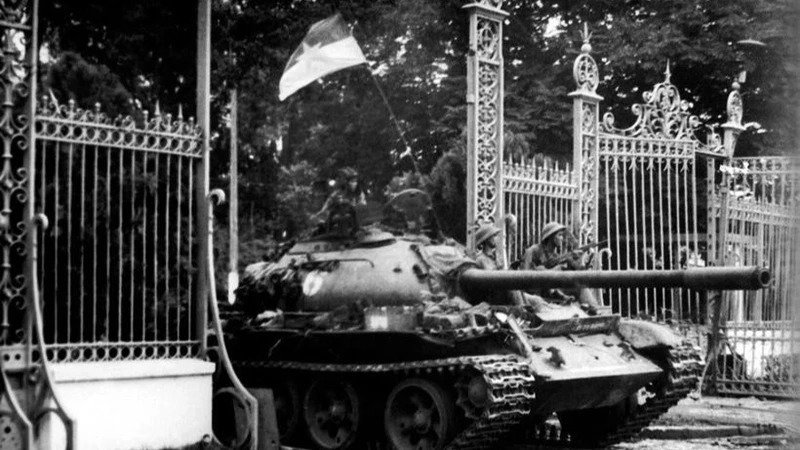
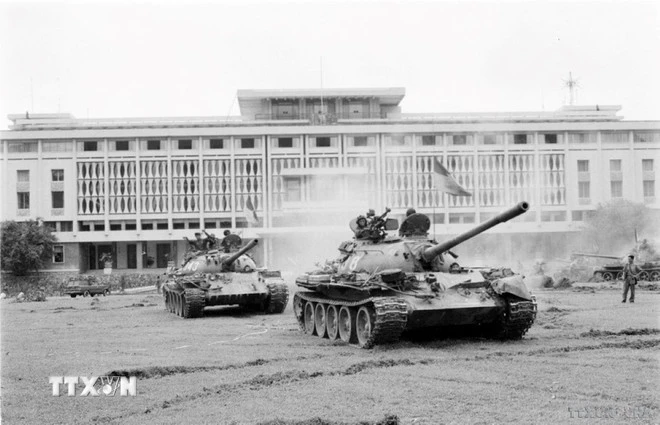
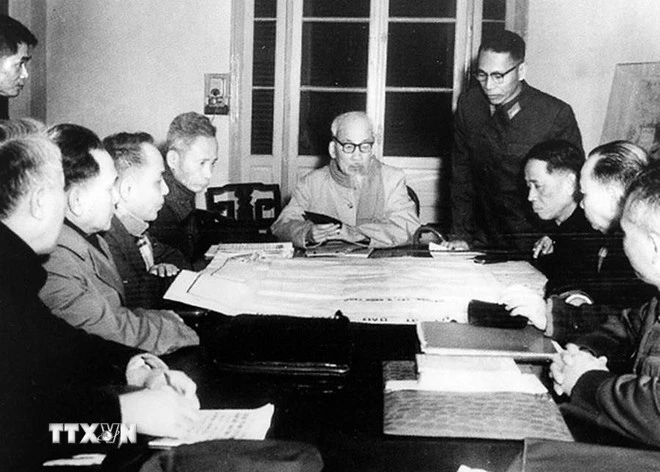
![[Photo] Prime Minister Pham Minh Chinh receives Country Director of the World Bank Regional Office for Vietnam, Laos, Cambodia](https://vphoto.vietnam.vn/thumb/1200x675/vietnam/resource/IMAGE/2025/5/15/2c7898852fa74a67a7d39e601e287d48)

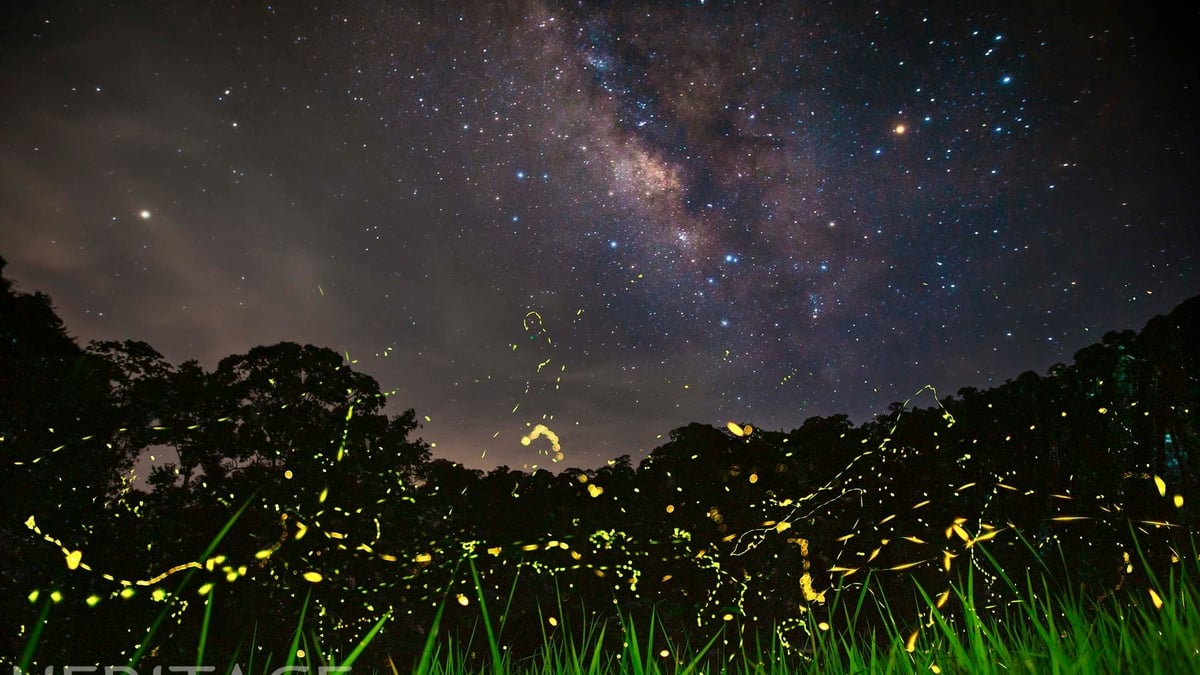
![[Photo] National Assembly Chairman Tran Thanh Man meets with Thai Prime Minister Paetongtarn Shinawatra](https://vphoto.vietnam.vn/thumb/1200x675/vietnam/resource/IMAGE/2025/5/15/e71160b1572a457395f2816d84a18b45)
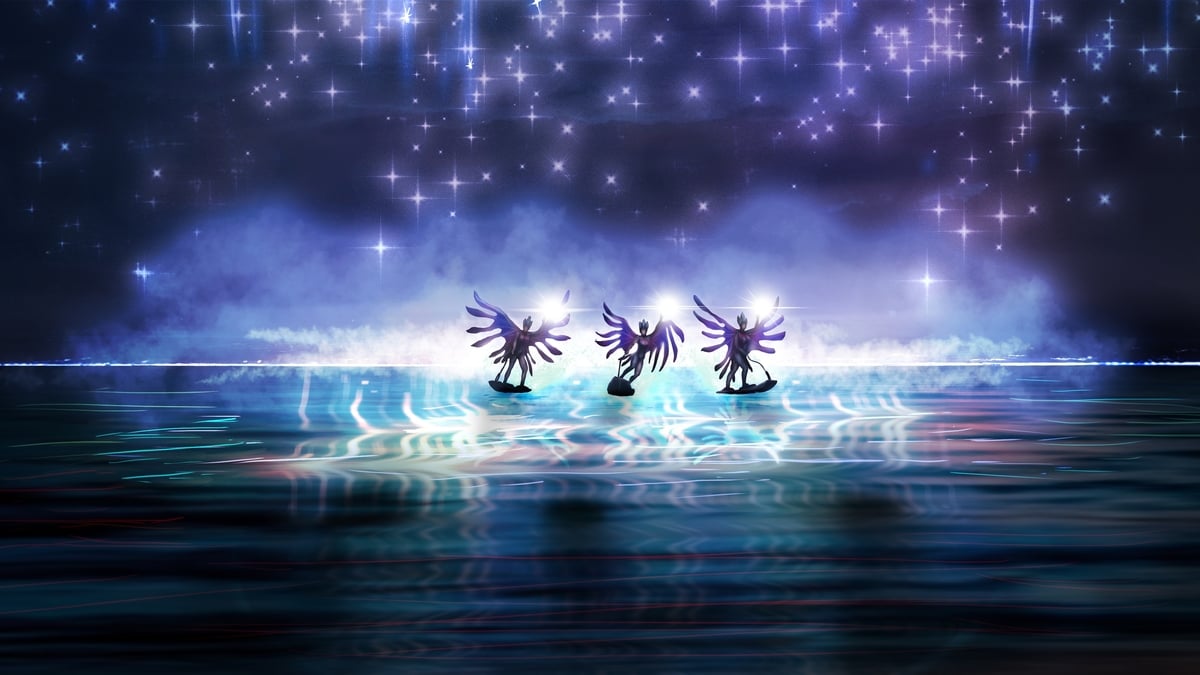
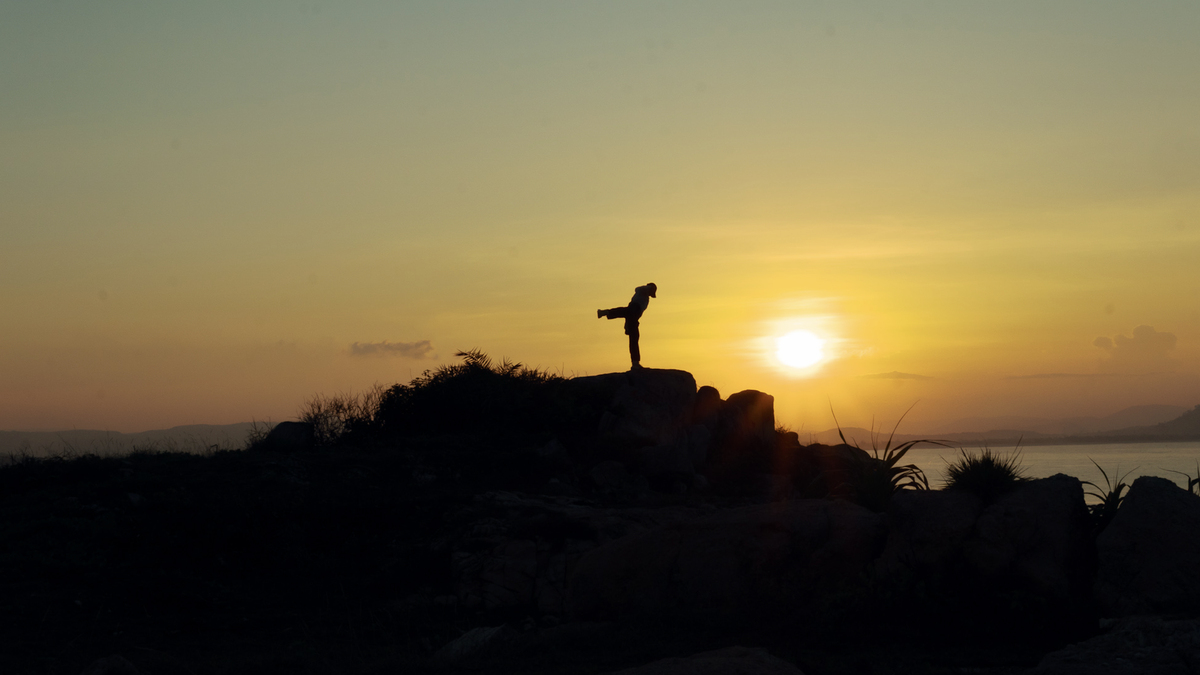
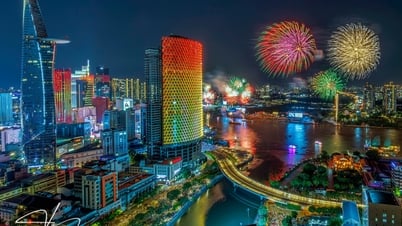

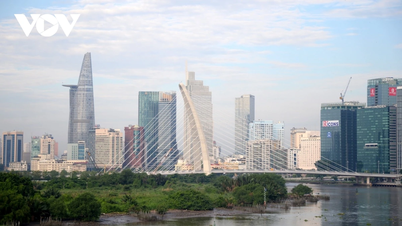



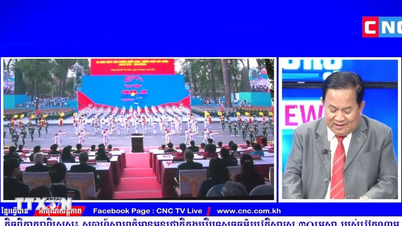

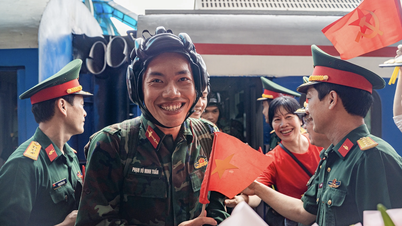

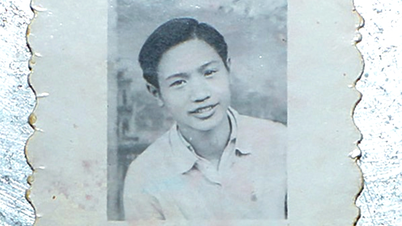


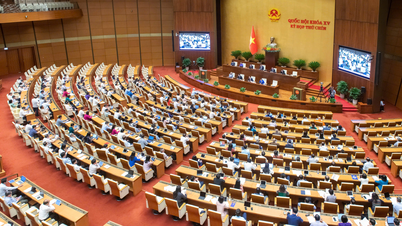
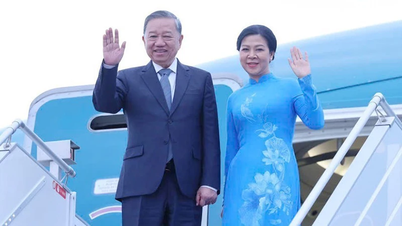

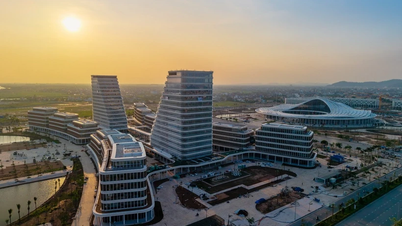
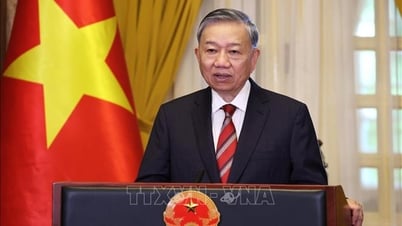





![[Video] Solutions to support businesses in digital transformation on the Business Portal](https://vphoto.vietnam.vn/thumb/402x226/vietnam/resource/IMAGE/2025/5/15/fee29cfb3a534b4e95037e0b2a4391a6)
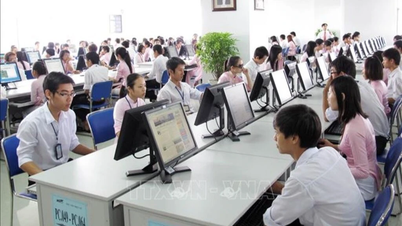

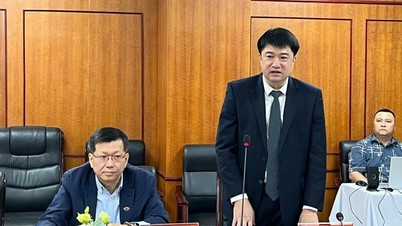
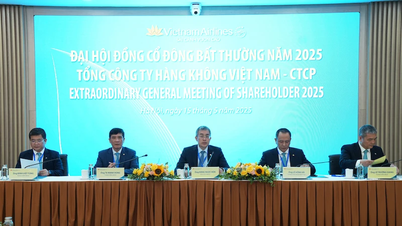
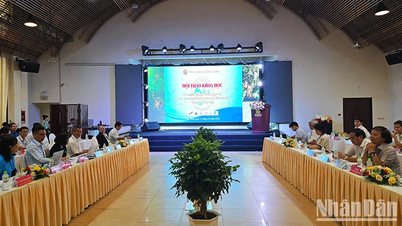
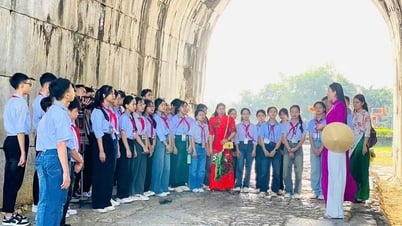


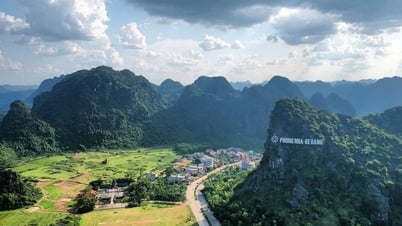

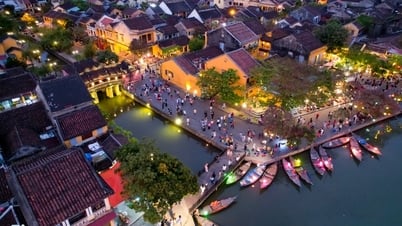

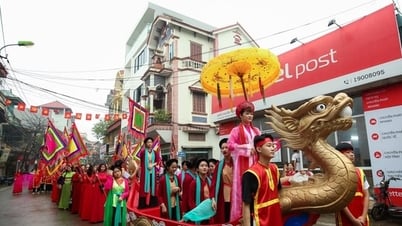



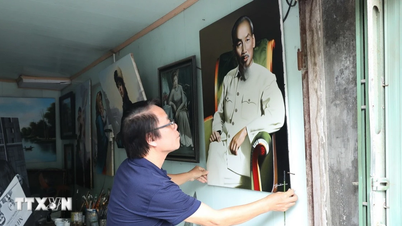
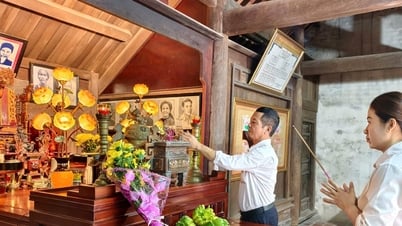

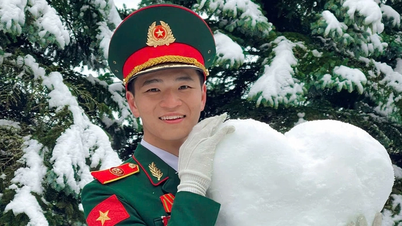



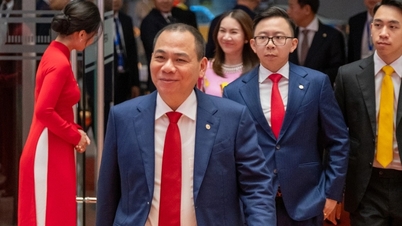
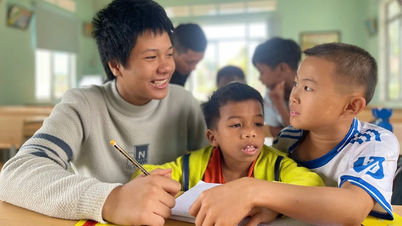

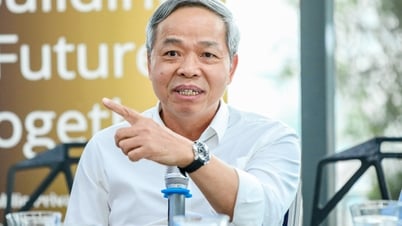

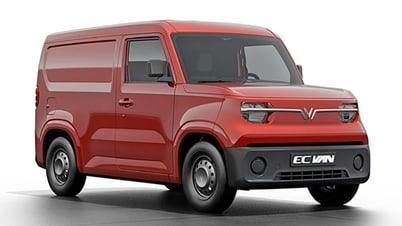


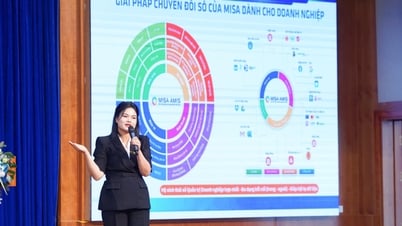


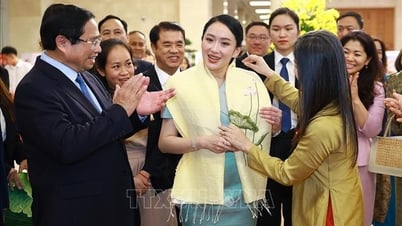
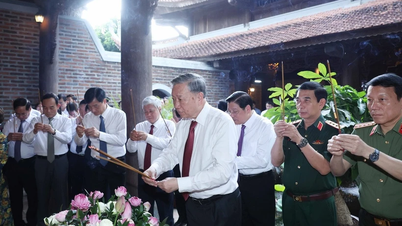
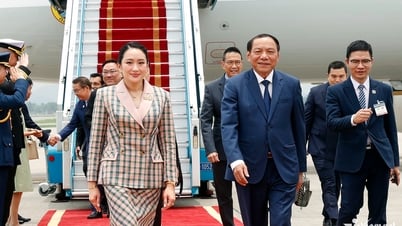
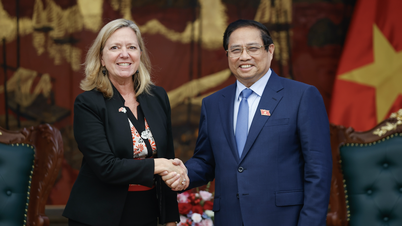


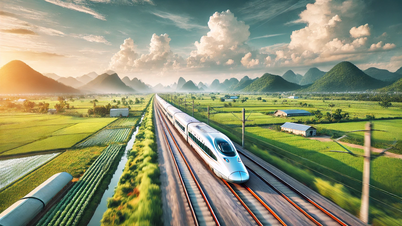


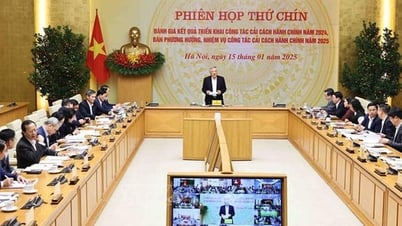
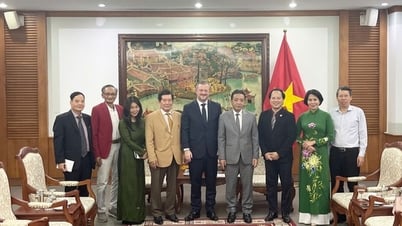
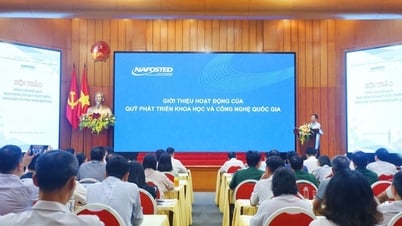

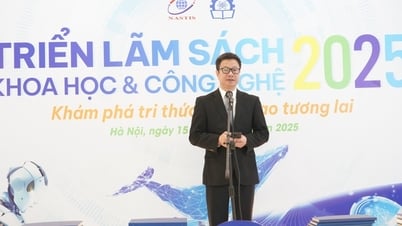
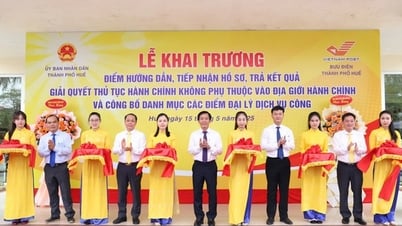


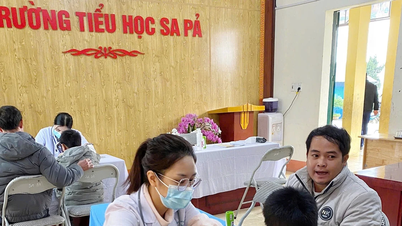



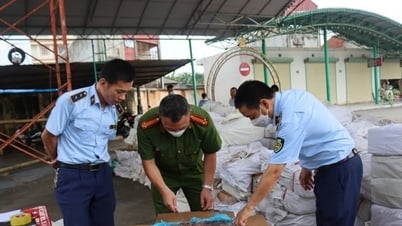


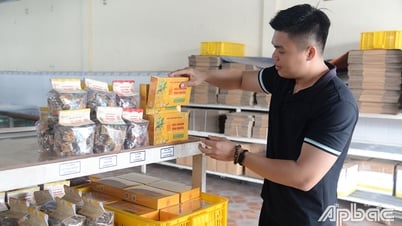

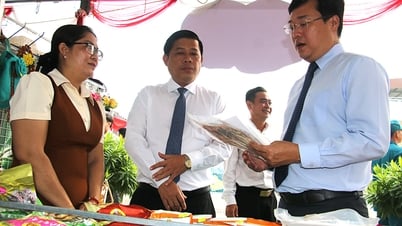
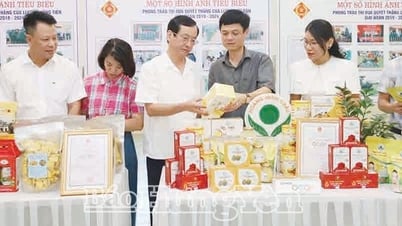

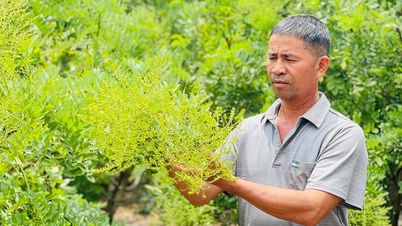
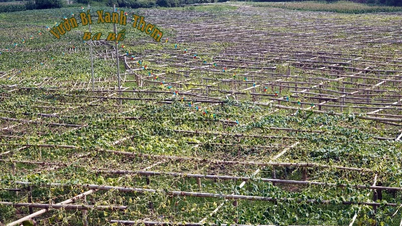
Comment (0)